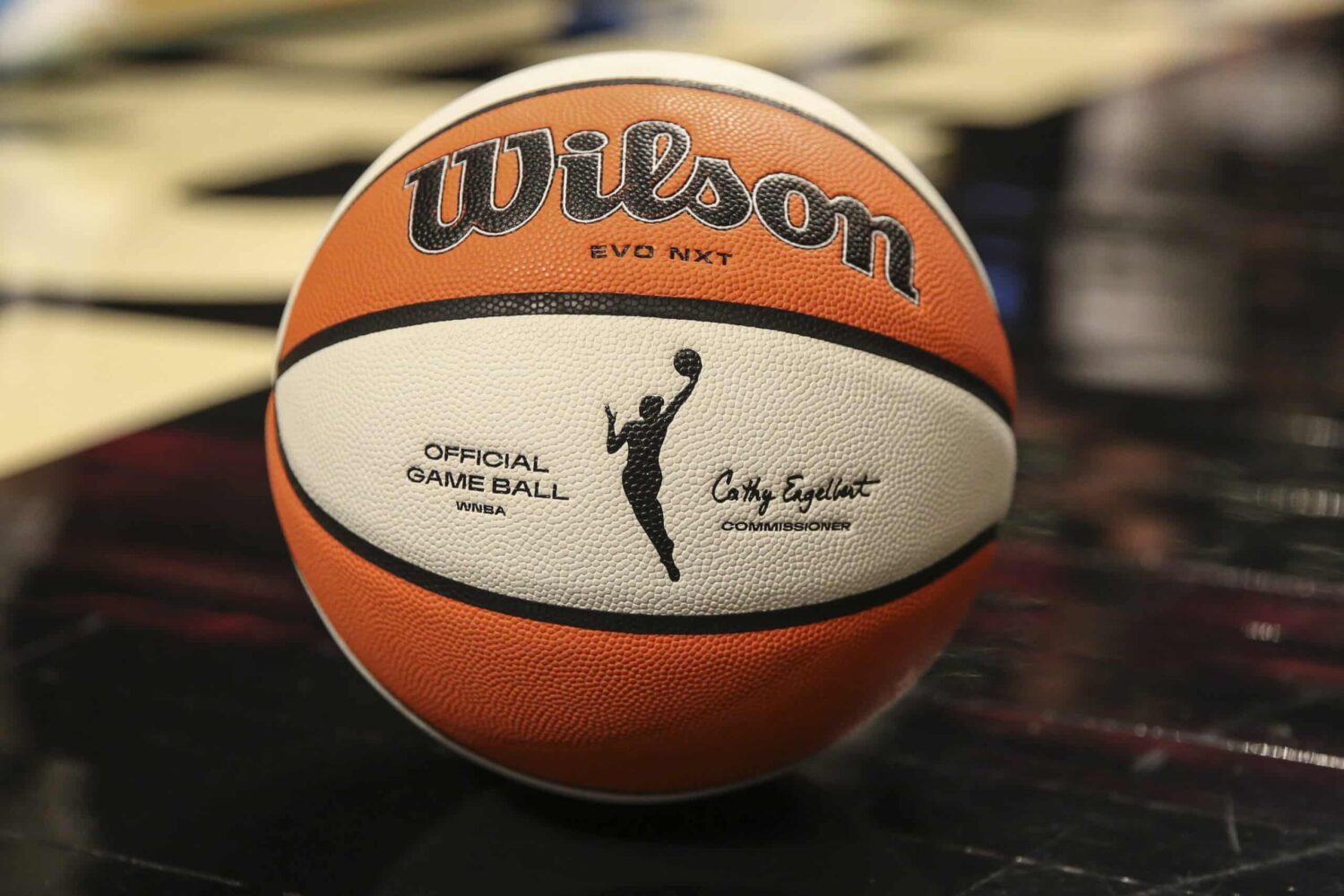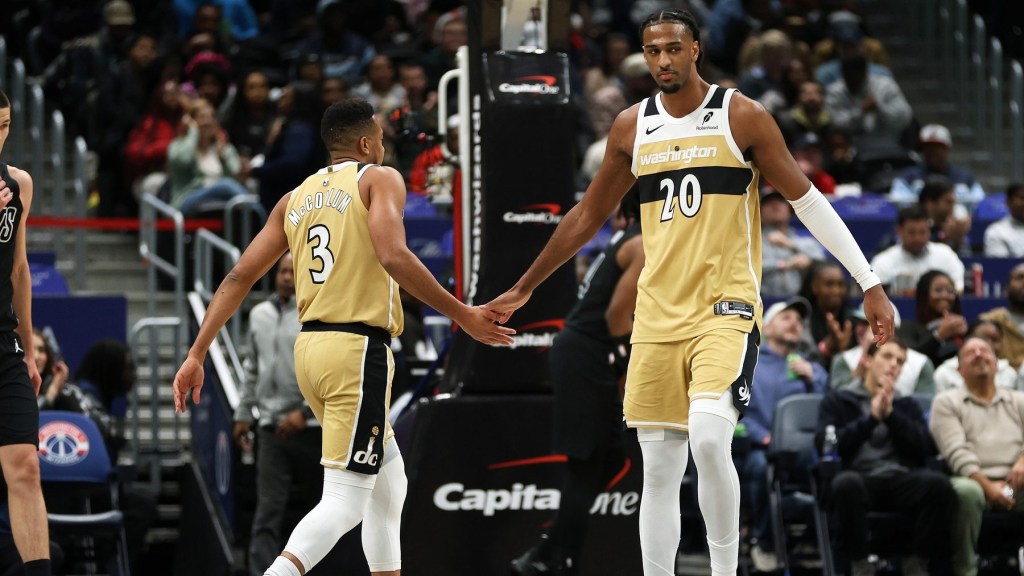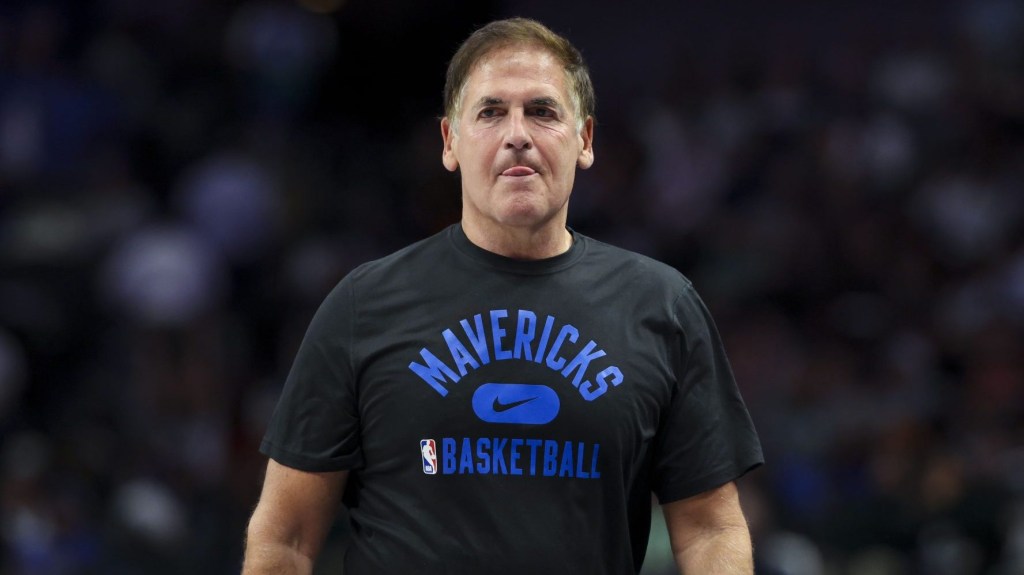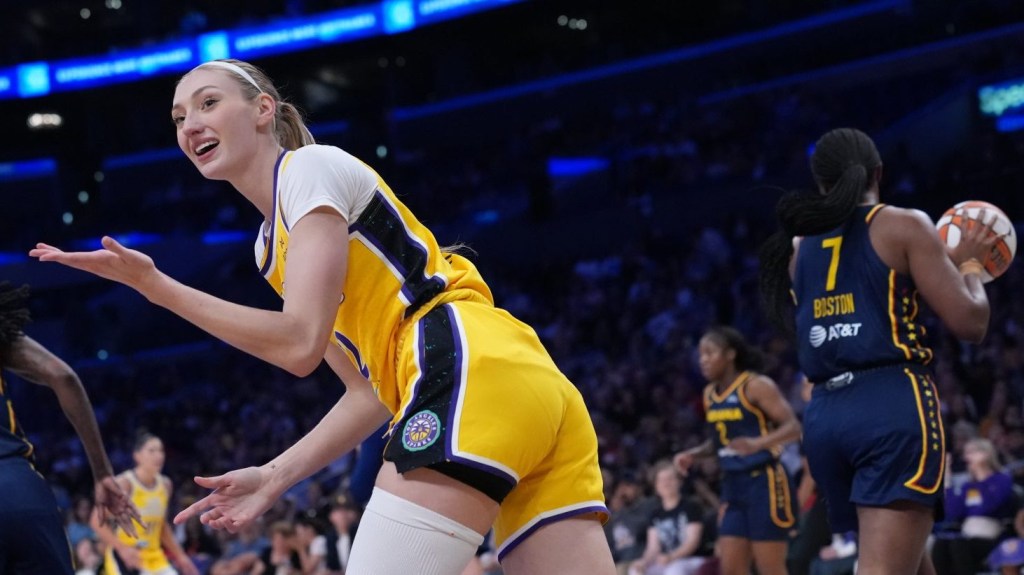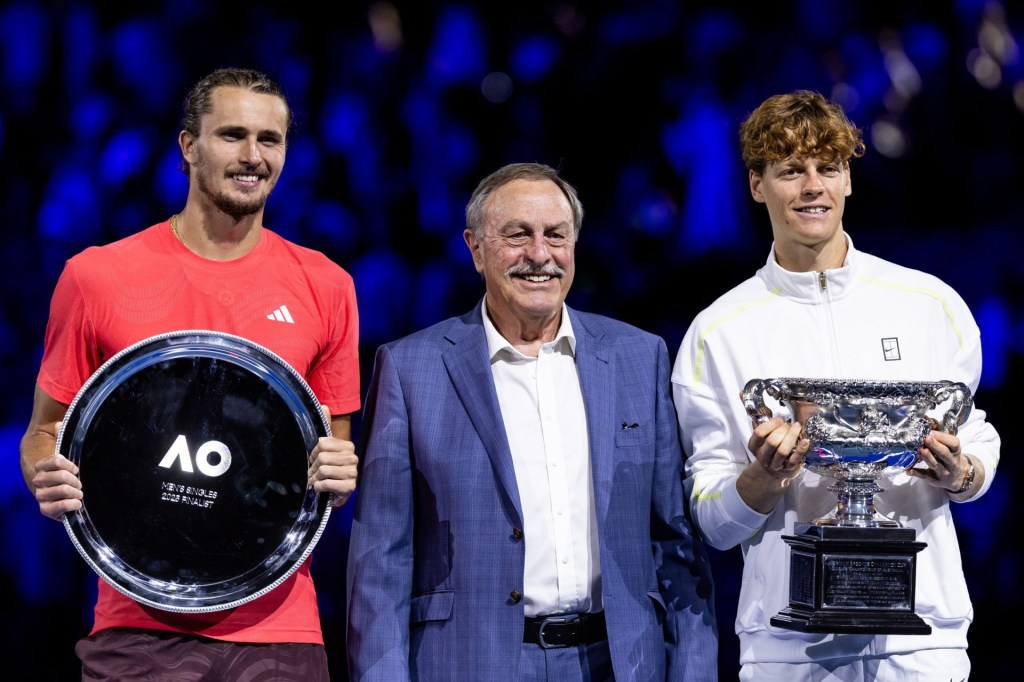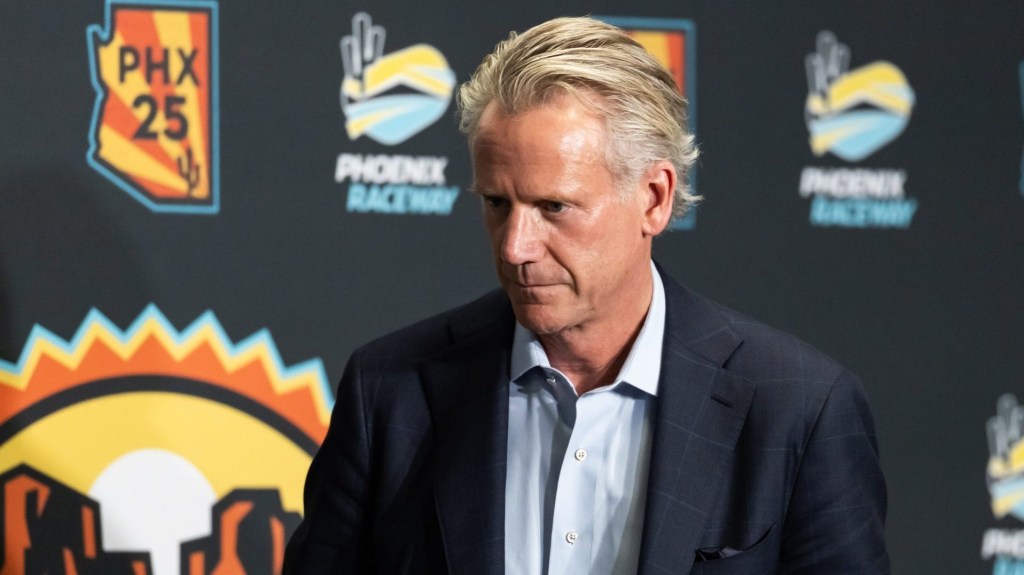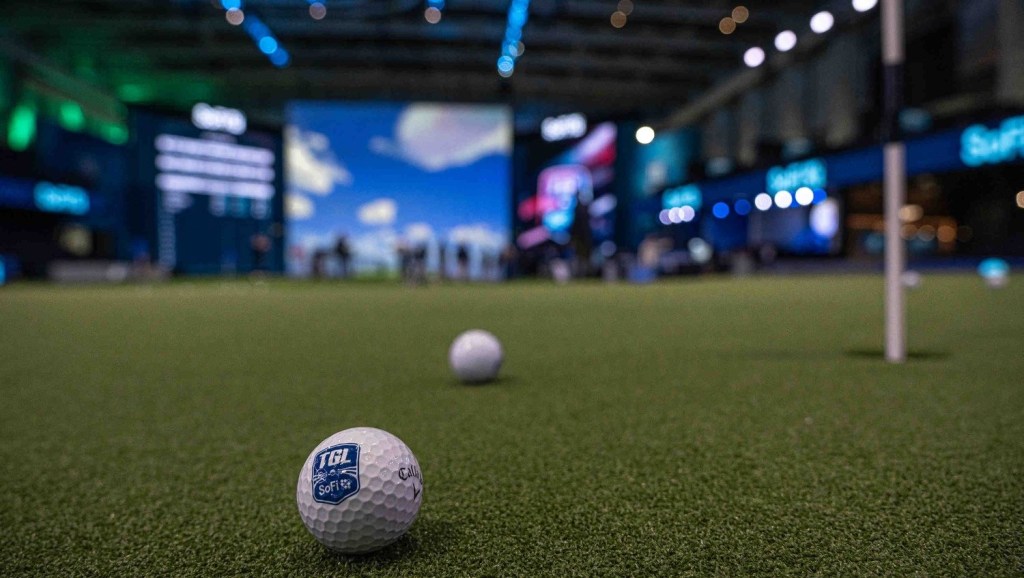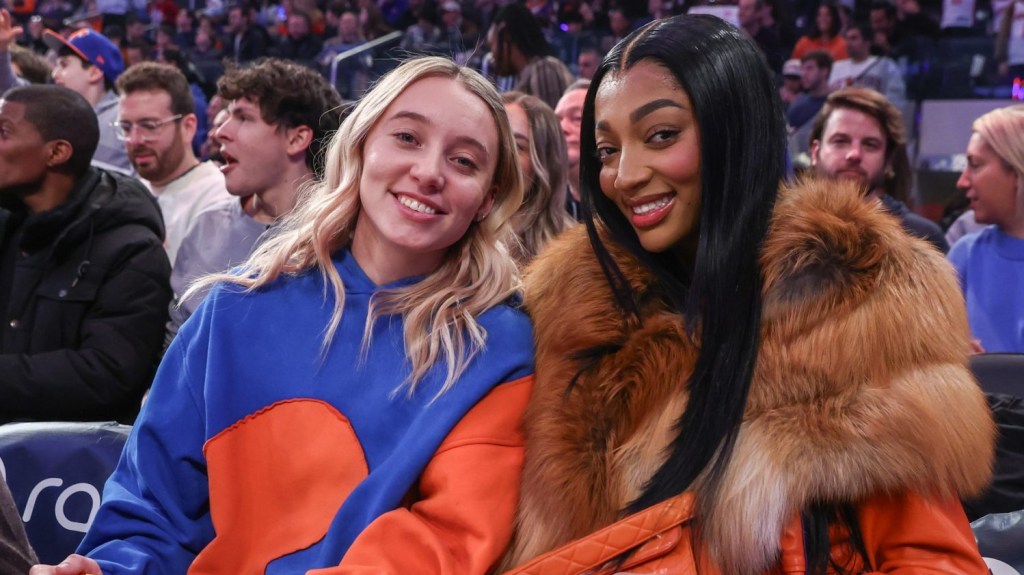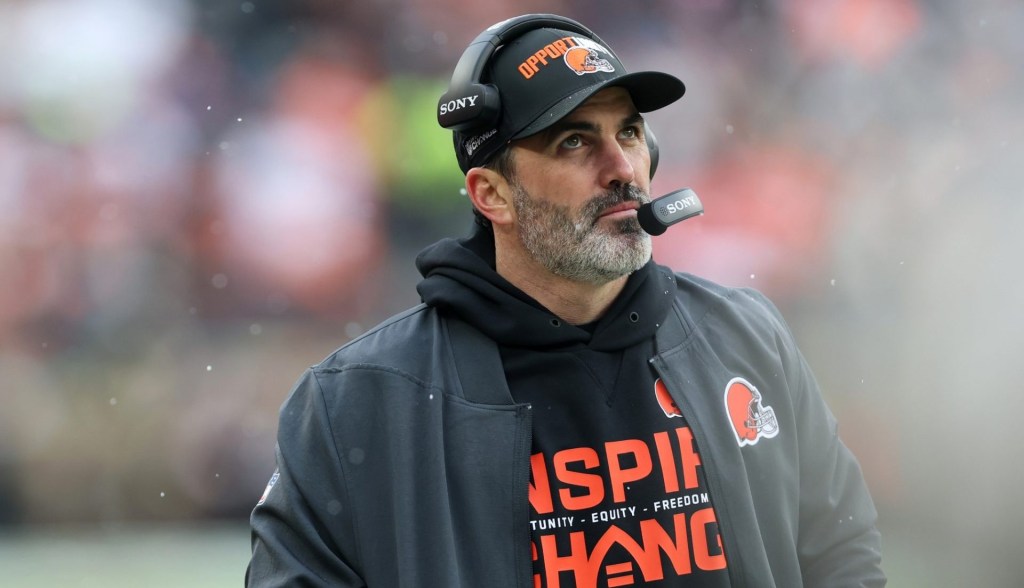As the calendar flipped to April, everyone in the country was talking about LSU’s Angel Reese and Iowa’s Caitlin Clark.
If two pro-ready prospects had generated immense buzz in the men’s tournament, the conversation would have transitioned to the upcoming draft.
That’s not the case in the women’s game — and not because of a gap in talent.
The WNBA’s draft eligibility rules state that a player must have graduated from a four-year university or be 22 years old in the year of the draft.
Until recently, it made complete sense. Why would they pass up college degrees to go to a league that couldn’t pay them professional wages or boost their profiles enough to land cushy endorsement deals?
But as we saw with this year’s groundbreaking women’s March Madness tournament, the tide of women’s basketball is clearly turning — and it could be enough to force the WNBA to consider changing its eligibility rules.
The current collective bargaining agreement between the WNBA and the WNBPA — which was ratified in 2020 — expires after the 2027 season, so the rules are unlikely to change before then. The league declined to comment on matters related to the CBA, while the players association could not be reached for comment.
Supplementing Their Income
If the next CBA lowers the draft age, it’ll have to ensure players are making enough money to keep the WNBA as their one and only job — something that hasn’t always been the case.
In the season prior to the 2020 agreement, the maximum salary was $117,500; after the ratification, it jumped to $215,000 and is set to increase by 3% each year through 2027.
Between additional performance bonuses, prize pools for the three-year-old Commissioner’s Cup, and new team and league marketing deals, top players can earn up to $500,000 per season.
“That’s super-important that it’s trending in the right direction, but there’s still a long way to go,” 2022 WNBA All-Star Sabrina Ionescu said on the Front Office Sports Today podcast. “I think, obviously, starting with paying players more.”
A grim reminder of needing supplemental income: Phoenix Mercury star Brittney Griner was detained in Russia for 294 days after she was caught with cannabis vape canisters in her luggage.
Griner, who played for Russia’s UMMC Ekaterinburg, was simply perpetuating a decades-long practice of WNBA players going overseas to make more money in the offseason.
“The WNBA is a great product, but y’all should not have to go to these crap countries to make money,” basketball analyst Charles Barkley said on “The Bird and Taurasi Show” during the women’s NCAA national championship.
“American companies should put y’all in commercials, they should partner with y’all. You ladies could be in commercials everywhere. We put bad NBA players in commercials before some of y’all superstars.”
Now that NIL provides a path to make real money, turning pro is a less urgent matter.
Reese holds 17 NIL deals — the most of any college basketball player, male or female, per SponsorUnited. She has previously said that she makes more from her NIL earnings than she would from a WNBA contract.
Clark, who signed an NIL deal with Nike in October, is making so much money from NIL that she turned down payment for endorsing an Iowa food bank.
Reese’s and Clark’s heroics during March Madness have increased their NIL values to $876,000 and $739,000, respectively, per On3.
“I would’ve stayed as long as I could if NIL existed when I played,” Sue Bird said of her college days during the women’s Final Four.
Creating Leverage
There hasn’t been a compelling reason to let players enter the WNBA before they graduate college — but that could all change very soon.
Though NIL is still quite new, the deals that Reese, Clark, and all of the other college superstars have accumulated could translate into standard endorsement deals once they turn pro.
Ionescu signed with Nike immediately after she was selected first overall in the 2020 Draft (Ionescu’s alma mater, Oregon, is — coincidentally or not — also that of Nike co-founder Phil Knight).
Three years later, the New York Liberty superstar unveiled her first signature sneaker — the first unisex shoe from a women’s basketball player.
Nike's newest signature basketball athlete:
Sabrina Ionescu. pic.twitter.com/ftKCGSm7UF
— Front Office Sports (@FOS) March 16, 2023
But the bottom line is that the league needs more revenue — and there’s every reason to think it can get there.
The 2022 WNBA’s regular-season viewership increased 16% year-over-year and posted the highest rating since 2008. WNBA League Pass jumped 10% in subscriptions, while the league’s social media platforms earned a 36% spike in video views.
That could spell big business for the league when it renegotiates its TV deal.
Its current deal with ESPN runs through the 2025 season and paid out $27 million in 2021. The league is reportedly targeting $100 million per season when it renegotiates.
It may have the leverage for that huge raise, judging from the women’s March Madness viewership.
The championship game between LSU and Iowa was the most-watched women’s college basketball game on record at 9.9 million average viewers, while Iowa’s semifinal win over South Carolina was the most-watched semifinal game on record (5.5 million). Sweet 16 and Elite Eight viewership were up 73% and 43% year-over-year, respectively.
When Reese and Clark get to the WNBA, it’s likely their fans will follow. Aliyah Boston should raise the league’s profile starting this year.
And more superstars means more teams could be on the way: The league plans to expand by 2025, with Oakland, Nashville, and Toronto floated as possible expansion cities.
“The exciting part is just understanding that we’ve not gotten to where we want to be,” Ionescu said on FOS Today.
She’s grateful to be “one of the 44 players (in the WNBPA) who are able to push the league to be better and create more opportunities for those girls who are playing in college and high school, who have aspirations of playing at this level.”
As a spectator product, women’s basketball has never been better, and the WNBA is still young and full of potential. It deserves to showcase its superstars as early and as long as possible.
